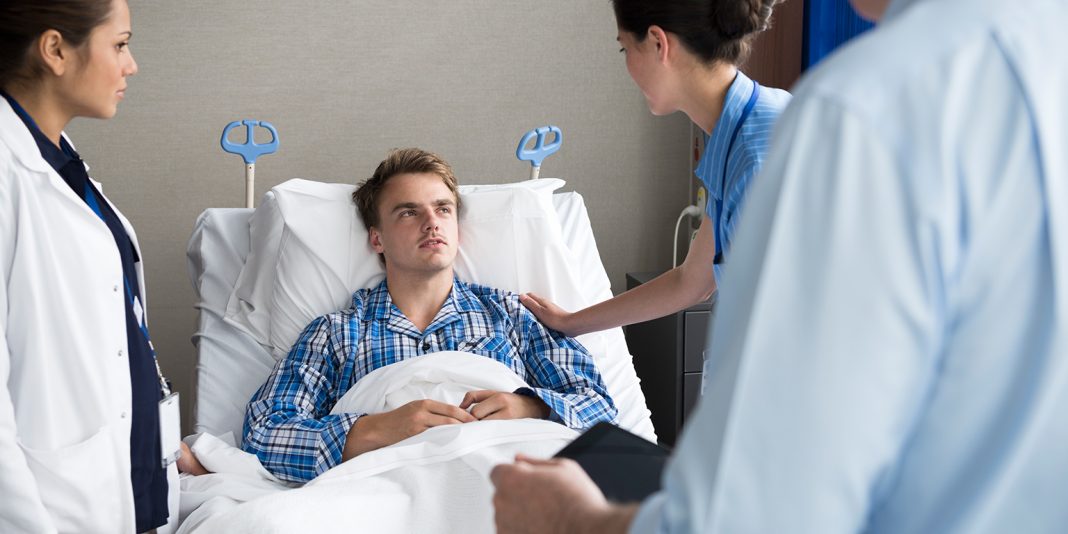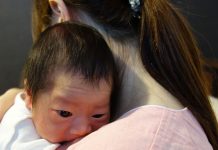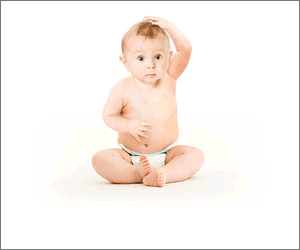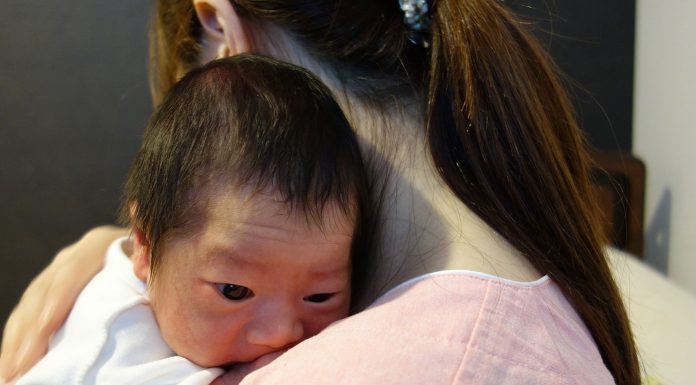It started simply enough with a single tweet late last year.
“I tweeted that nursing was born in the church, raised in the army and the ‘uniform’ we put patients in is pyjamas. And we need to fix it,” recalls Brian Dolan.
He argues that getting patients out of their pyjamas or hospital gowns and dressed each day is not only more dignified but also healthier.
Within a week the Irish-born, Christchurch-based nurse and consultant (with the help of a mate in Dublin) had created the Twitter hashtag #endPJparalysis to tie twitter conversations on the topic together.
Just a few months later the hashtag has gathered more than 40 million Twitter impressions and nurse leaders across the UK, Australia, Ireland, Canada, New Zealand and further afield are encouraging their staff to get more patients up and dressed each day.
The idea behind the #endPJparalysis movement is that keeping patients in their pyjamas (or gowns) until the day they go home keeps them ‘paralysed’, dependent, and may lengthen their stay in hospital, which – particularly for elderly medical ward patients – puts them at increased risk of deconditioning or muscle wastage.
“You don’t start out to create a global social media movement but I seem to have done so somehow,” says Dolan in bemused pride.
The Last 1,000 Days
No movement starts in a vacuum.
The #endPJparalysis movement builds on The Last 1,000 Days concept that Dolan has been working on for several years – the premise being that the majority of the patients being cared for, and cared about, in the health systems of the developed world are older people in the last 1,000 days of their lives.
Dolan argues that every extra day an older person spends in hospital is stealing precious last days and getting patients out of pyjamas and into clothes is one way to help them return home both sooner and healthier.
And #endPJparalysis also builds on the enhanced recovery after surgery (ERAS) protocols and research – which likewise encourage early mobilisation and getting dressed – but widens it beyond surgical wards to include patients across various medical ward settings.
Dolan developed The Last 1,000 Days while wearing his multiple hats as a consultant and nurse leader who splits his time between New Zealand, the UK and Australia.
In Christchurch – where he spends roughly half the year – his main hat is as director of service improvement at Canterbury District Health Board. He proudly describes the Canterbury health system as the best “by a country mile” that he’s ever worked with anywhere around the world.
Wearing his other hats, as director of UK-based consultancy Health Service 360 and as an honorary and visiting professor at two UK institutions – he spends about four months of the year in the UK and two months in Australia. His work in the UK has included working with England’s Chief Nursing Officer Jane Cumming and NHS Improvement, who are both backing the #endPJparalysis movement.
But institutional support aside, Dolan says #endPJparalysis would never have taken off as a movement if it didn’t resonate with nursing leaders and nurses on the floor. With 40 million-plus Twitter impressions (and still growing), countless Facebook photos from Wagga Wagga to Great Yarmouth, and several cute Lego memes later – there is no doubt it is resonating.
“And it’s so bleeding obvious… that’s what people keep saying to me.”
He says he has also been “really, really clear” that he never wants #endPJparalysis to turn from a bedside movement into a project with KPIs (key performance indicators) and “a beginning, middle and end”.
“It really is about trusting the clinical nurse managers to do what works best in the ward in which they lead.”
But patients are really sick…
Getting patients dressed each morning was once upon a time common nursing practice. But so was patients regularly convalescing a fortnight or more in hospital. Nurses in today’s modern wards face constant bed churn and are caring for patients who are older and sicker than in the past.
So isn’t expecting nurses or health care assistants to get patients up and dressed just adding to already pressured workloads? And aren’t many patients just too sick?
To the former question Dolan argues no – it is no more work for nurses and could actually reduce workloads. To the second question he answers that of course nurses need to make a judgment call over whether it is clinically appropriate to get a patient dressed.
“So if somebody is really crook then yes, they should be in their PJs or gown in bed. Or if somebody has drips and drains hanging out of them…”
He says the movement is more about questioning whether everybody needs to stay in bed all of the time – and was finding that in more instances than expected people can get out of bed and be dressed the day after admission.
“Under a restorative model of care – the risk is greater for staying in bed than it is for getting up – particularly of de-conditioning.”
Dolan says patients who are hospitalised walk an average of fewer than 900 steps a day. “And if you are over the age of 80 and spend 10 days in hospital you lose 10 per cent of muscle mass,” says Dolan. He says staying in bed for too long unnecessarily also affects your breathing, your bowel function and takes away your independence and dignity.
Cost-saving a by-product, not a goal
Getting a patient fully dressed in clothes rather than into a fresh gown may take a little longer in the morning but down the track it actually makes less work, argues Dolan.
Once a patient is up, nurses will be chasing fewer ringing bells and bringing fewer bedpans or bottles as patients are more mobile and independent. Hospitals may also reduce food wastage as patients up and about are more likely to feel hungry.
Also, in the spirit of patient-centred care, not every patient wants a daily shower and might prefer to expend the energy getting dressed instead.
The reward for the patient of getting up and dressed is the carrot of getting home both faster and healthier.
“Sometimes we treat old people as if they’ve got all the time in the world,” says Dolan. “But to my mind they are the ones in a hurry because they have had many more yesterdays than they are going to have tomorrows.”
“And if you had a 1,000 days left to live, how many would you choose to spend in hospital?”
A small study by Hillingdon Hospital in north-west London found that patients wearing their own clothes in hospital spent 0.75 fewer days in hospitals than patients who wore gowns or pyjamas. “If you scale that up, you don’t have patients lying needlessly in corridors waiting to access a hospital bed.”
And yes, Dolan acknowledges that getting patients home quicker also saves hospitals money, but stresses that’s a by-product of #endPJparalysis rather than a goal.
‘It’s not about money or throwing people out, it’s how do we ensure we value patients’ time above all else. It’s about patient dignity and retaining their autonomy. And if they choose to stay in their pyjamas that is their choice.”
But when patients are willing and able to get dressed it also changes the dynamic in the relationship between the health professional and the patient, argues Dolan. It humanises the relationship, as no longer are they are a patient in a ‘uniform’.
“If you want to find an object of clothing that takes away so much… then just give a person a hospital gown. It is a horrendous piece of clothing. It is very practical but would you want to be in one day after day if you had a choice?”
While getting an patient out of a gown and into clothes could not only boost both their morale and recuperation, it could also mean that nurses won’t have to waste time and energy on things that add no value to the patient’s day.
“And when you have happy patients, you absolutely have happier staff.”
It appears #endPJparalysis is simple but not simplistic.
Resources:
Kortebein P (2008). Functional impact of 10 days of bed rest in healthy older adults. Journal of Gerontology.
www.ncbi.nlm.nih.gov/pubmed/18948558
Professor Jane Cumming (2017). We should all support #EndPJparalysis (blog by England’s Chief Nursing Officer)
https://www.england.nhs.uk/blog/jane-cummings-32/
Twitter: @brianwdolan
Coasters quick to jump on board
The country’s smallest DHB is the quickest to join the #endPJparalysis movement.
That’s no coincidence believes West Coast District Health Board director of nursing Karyn Bousfield, as being small means the West Coast can get on and do things that fit with the Coast’s philosophy.
And #endPJparalysis “absolutely fitted” with the DHB’s overarching restorative model of care, because putting people into pyjamas turns them into a patient and limits their mobility, which can result in things being done for them that many can still do for themselves.
“For an older person, that does them a real disservice because people get muscle wastage and are not following a restorative model of care where they are encouraged to remain as independent as possible,” says Bousfield.
For Rose Kennedy #endPJparalysis was a “lightbulb” moment. The clinical nurse manager of Grey Base Hospital’s medical and rehabilitation services had long seen the potential for bringing some of the ERAS principles – like getting surgical patients mobilised and dressed as soon as possible after surgery – into the care of her medical ward patients. “Its great to have the #endPJparalysis view as we really haven’t had anything like this as a framework for medical wards.”
“And there’s a lot more dignity in getting dressed during the day then having one of those lovely hospital gowns,” adds Bousfield.
Reality on the ward
Getting patients up and dressed hasn’t added to the nursing workload, but it has reshaped the start of the ward’s working day, says Kennedy.
The new shift starts the day at 6.45am and now after patient handover the nurse assesses which patients are appropriate for #endPJparalysis and which are not.
Those who can are helped to be up and dressed for breakfast and the medication round follows in due course (the ward routine has built in a two-hour window for completing medications). “Whereas prior to that nurses were diving into the medication room and those things overtook the patient care. So we’ve had a reversal of daily routine.”
Kennedy says patients who can get up and about feel a lot better and are mobilising around the ward interacting with staff and their families. She says about a quarter of its medical ward patients are taking part in #endPJparalysis each day, with families on board and willing to bring in clothes.
Bousfield says #endPJparalysis is just part and parcel of a big programme of change the DHB is going through in readiness for the new Grey Base Hospital due in just over a year.






















